The following is a guest post from Ali Karjoo-Ravary, a Ph.D. Candidate in Religious Studies at the University of Pennsylvania. Ali specializes in material culture, Sufism, and intellectual history. You can follow him on Twitter @akarjooravary.
Enjoy these spooky watercolor paintings from a manuscript from early 20th century Isfahan (a city in central Iran), held at Princeton’s Department of Rare Books and Special Collections (Islamic MSS, 3rd Series, no 349). See the full manuscript on Princeton’s Digital Library.
The depiction of demons in the Near East predates Islam and was frequently used for magical and talismanic purposes. These visual traditions continued in the occult sciences well into the modern period, as well as in other genres, such as illustrated versions of the Shahnameh. One of the most celebrated clusters of such depictions can be found in the siyah qalam paintings kept at the Topkapi Palace in Istanbul, whose visual style is in a genre of its own. The paintings below are much more modern, dating from the early 20th century and seemingly the work of a rammal, or a divination expert, in Isfahan.
These images are from a treatise used for divination. They were added to another text, written 1-2 decades earlier, that featured various talismans and spells. The divinatory treatise highlights different demons, among other creatures, that are associated with each sign of the zodiac. They are accompanied with ritual prescriptions for dealing with the different creatures. The author attributes his knowledge to the Biblical Solomon, who was known for his power over demons and spirits.

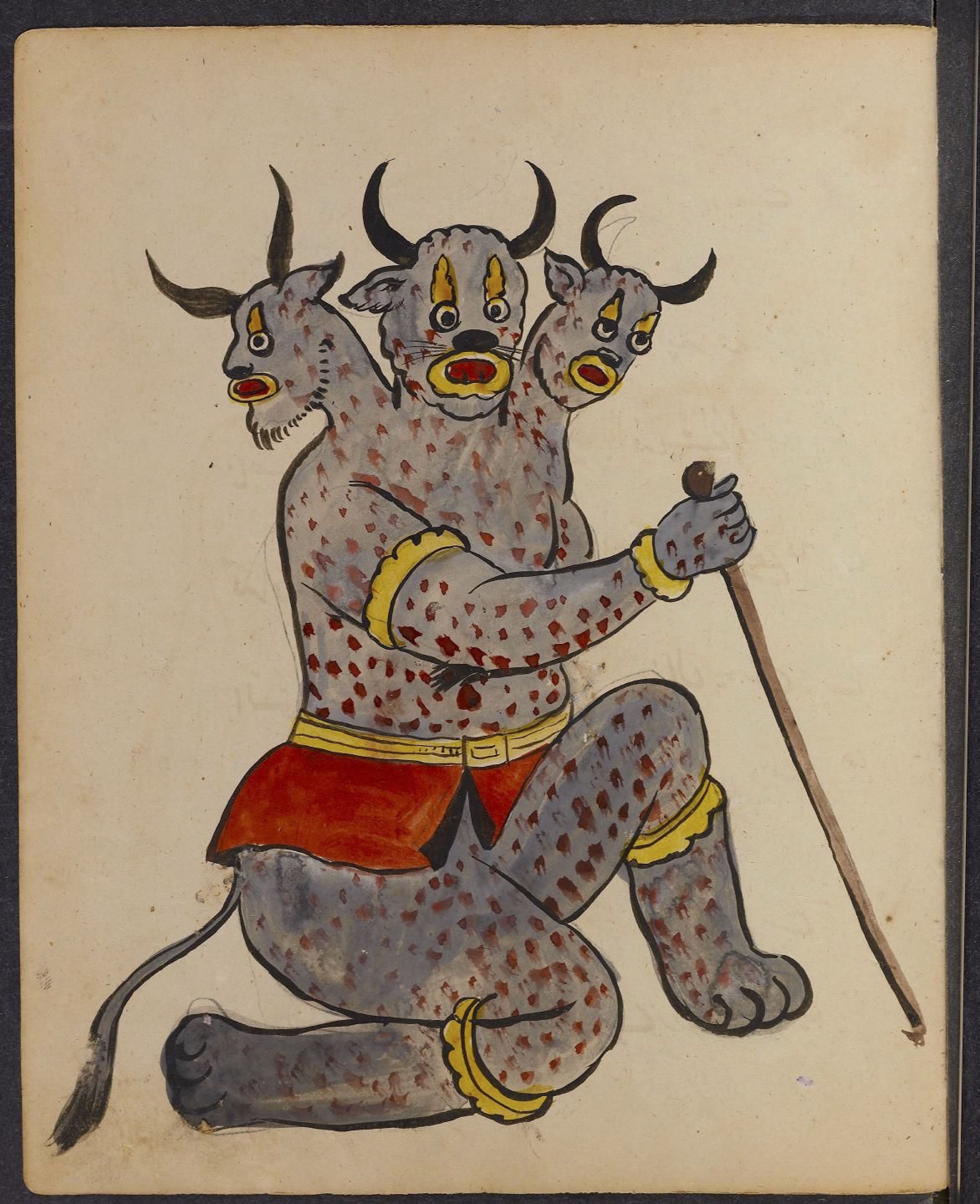

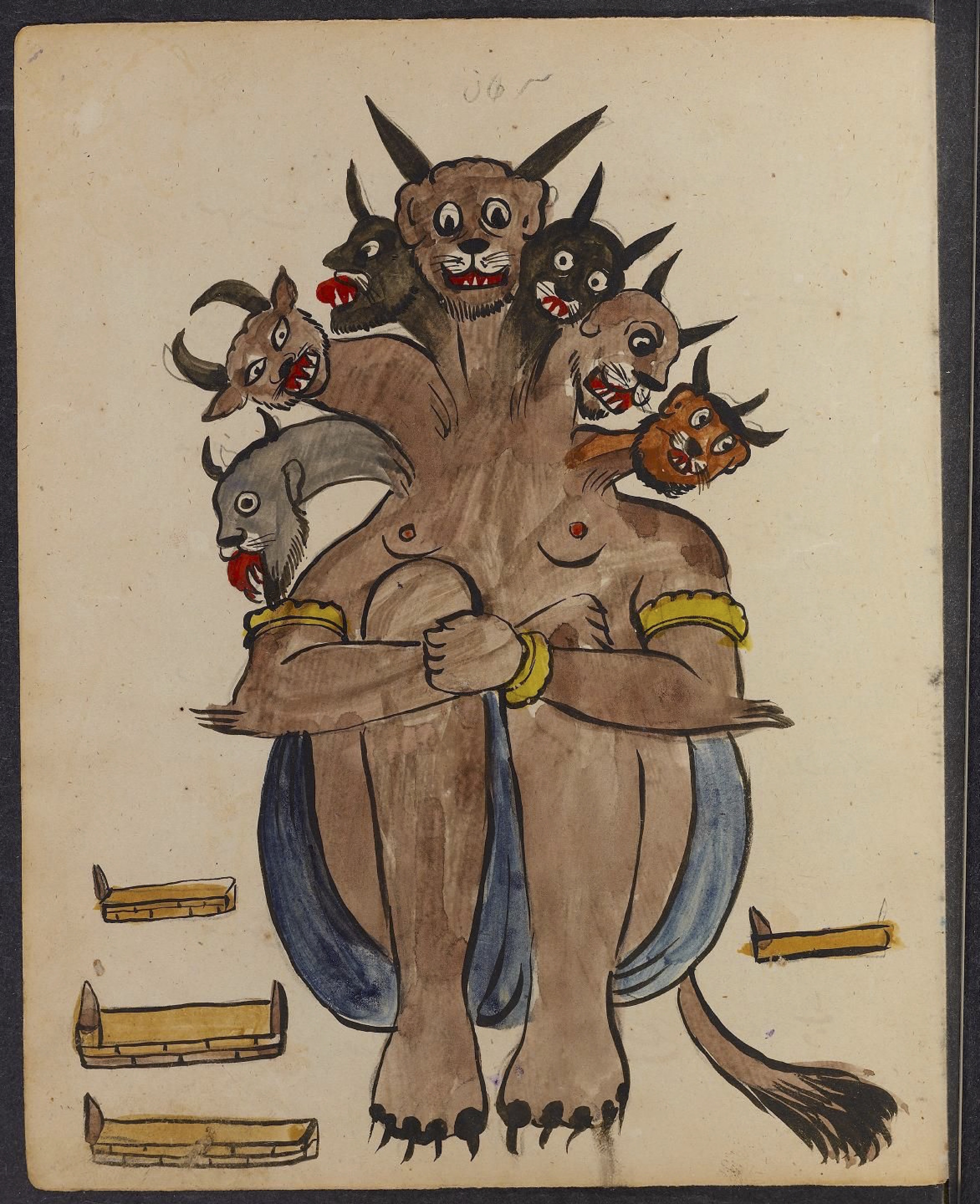
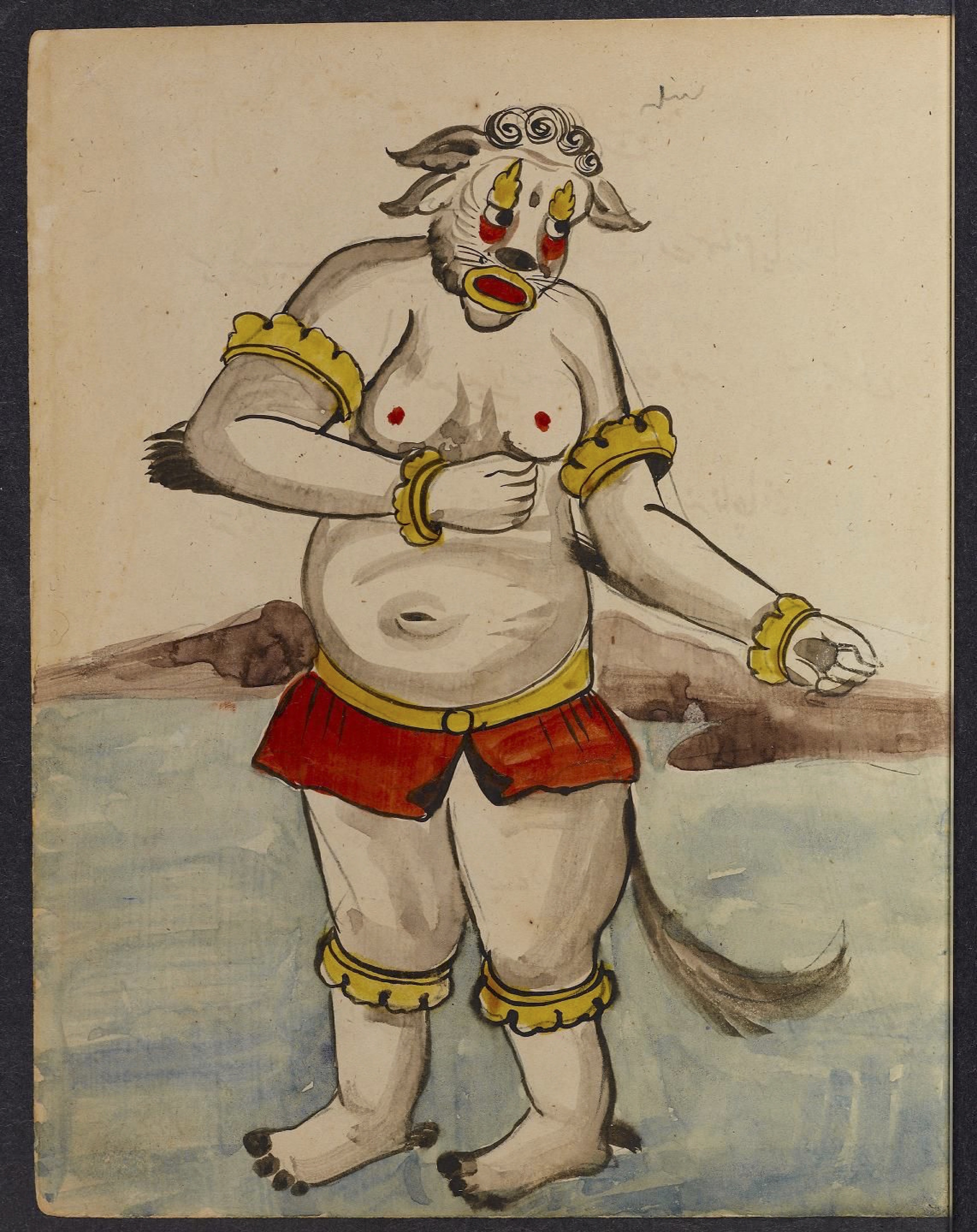
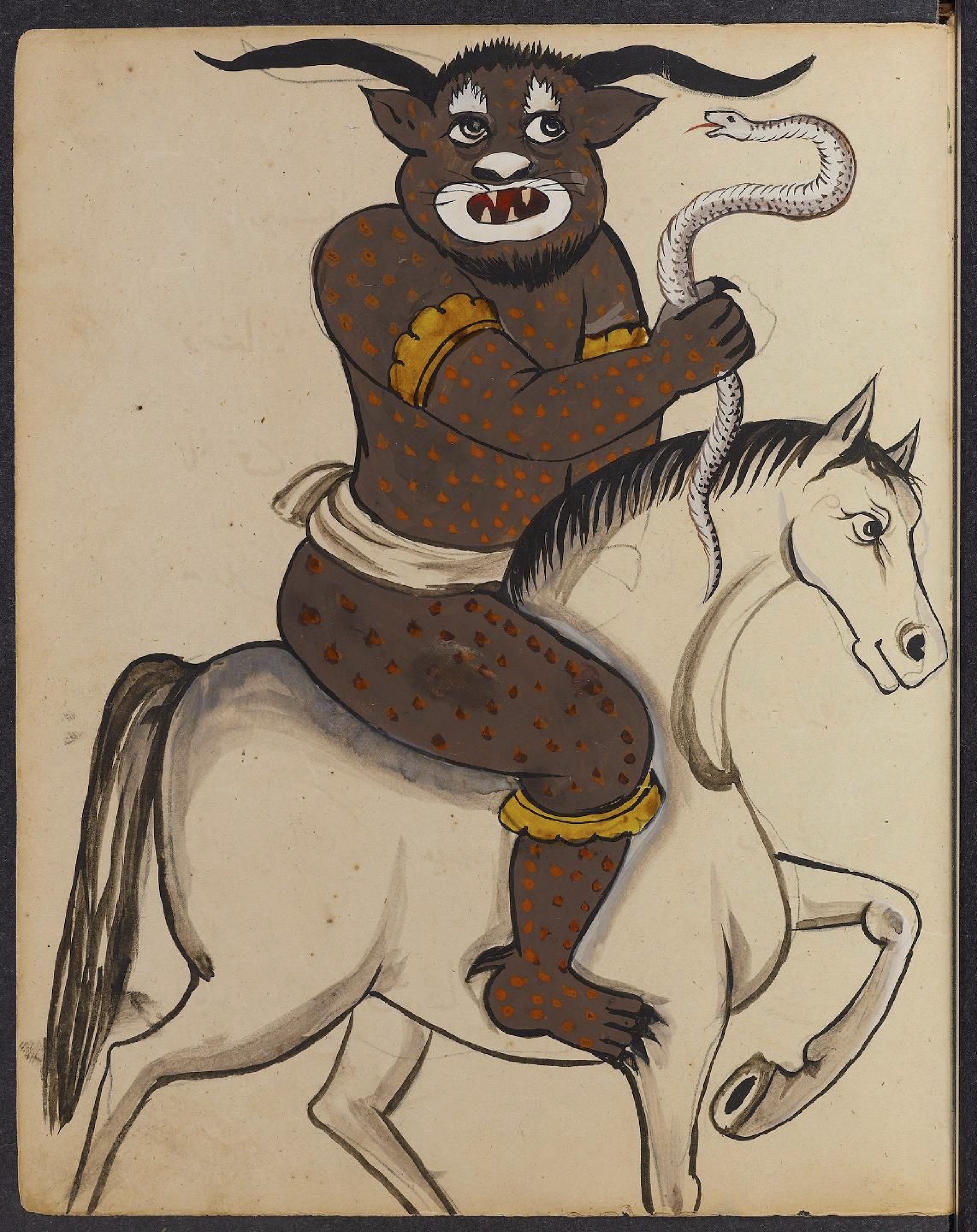
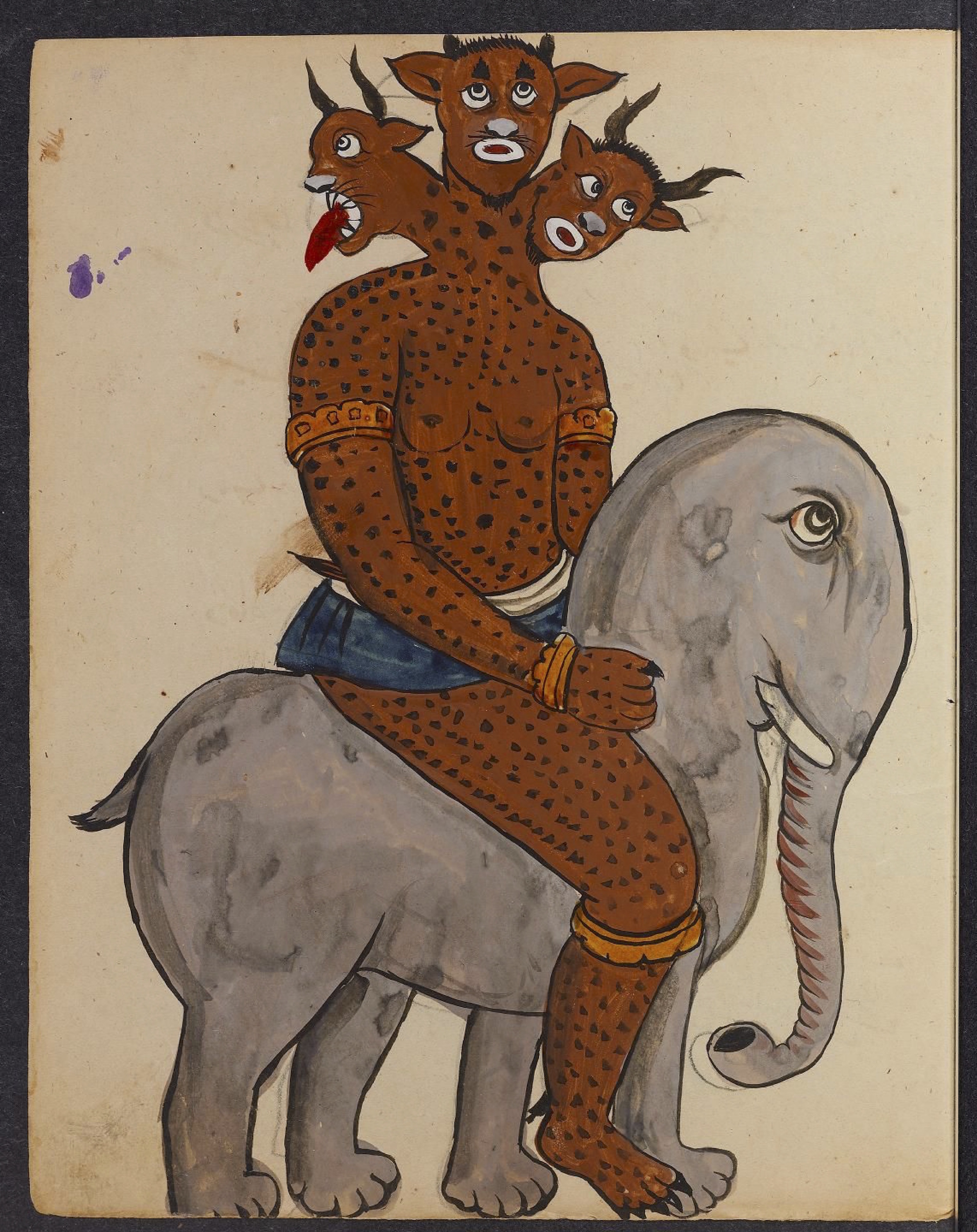

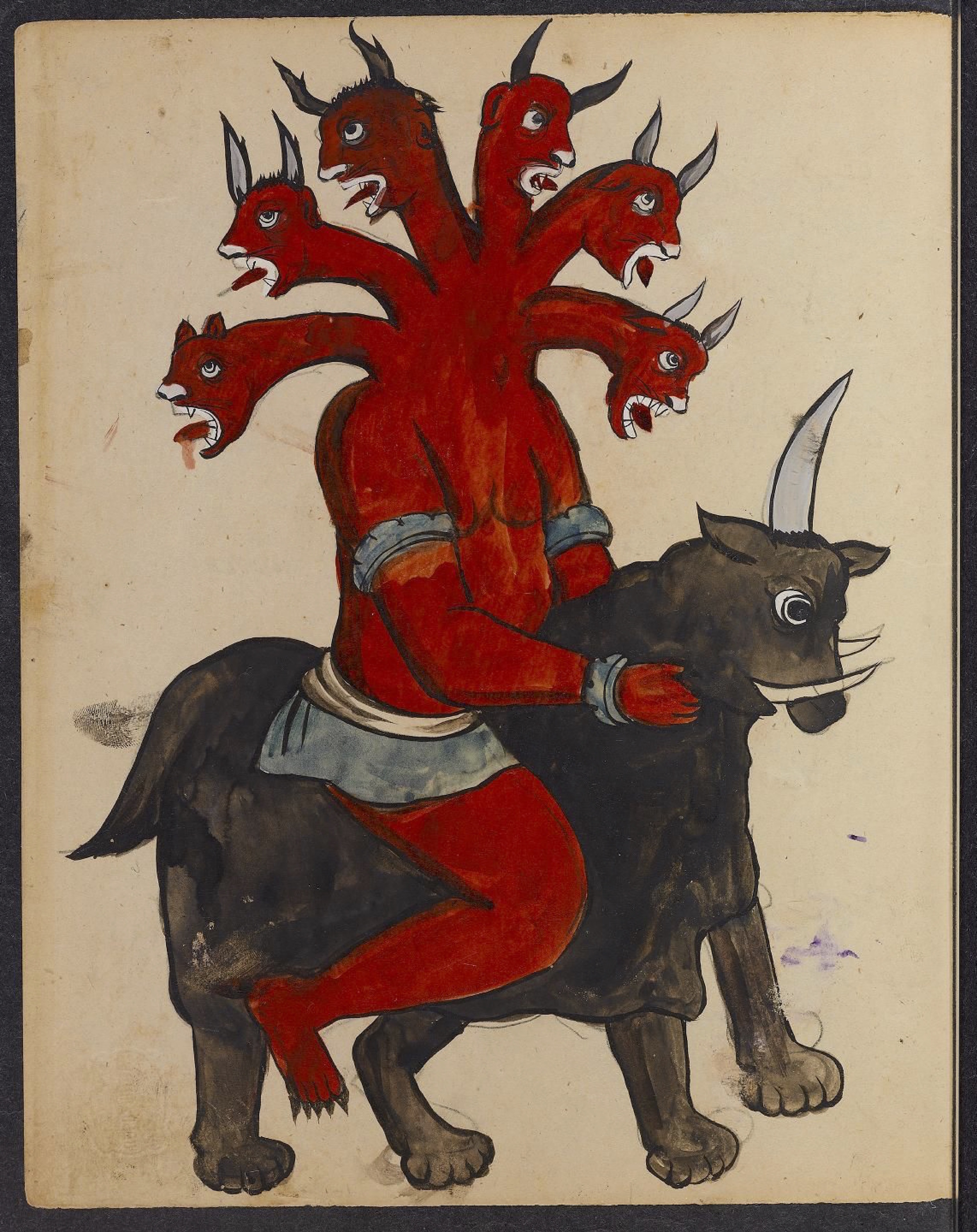
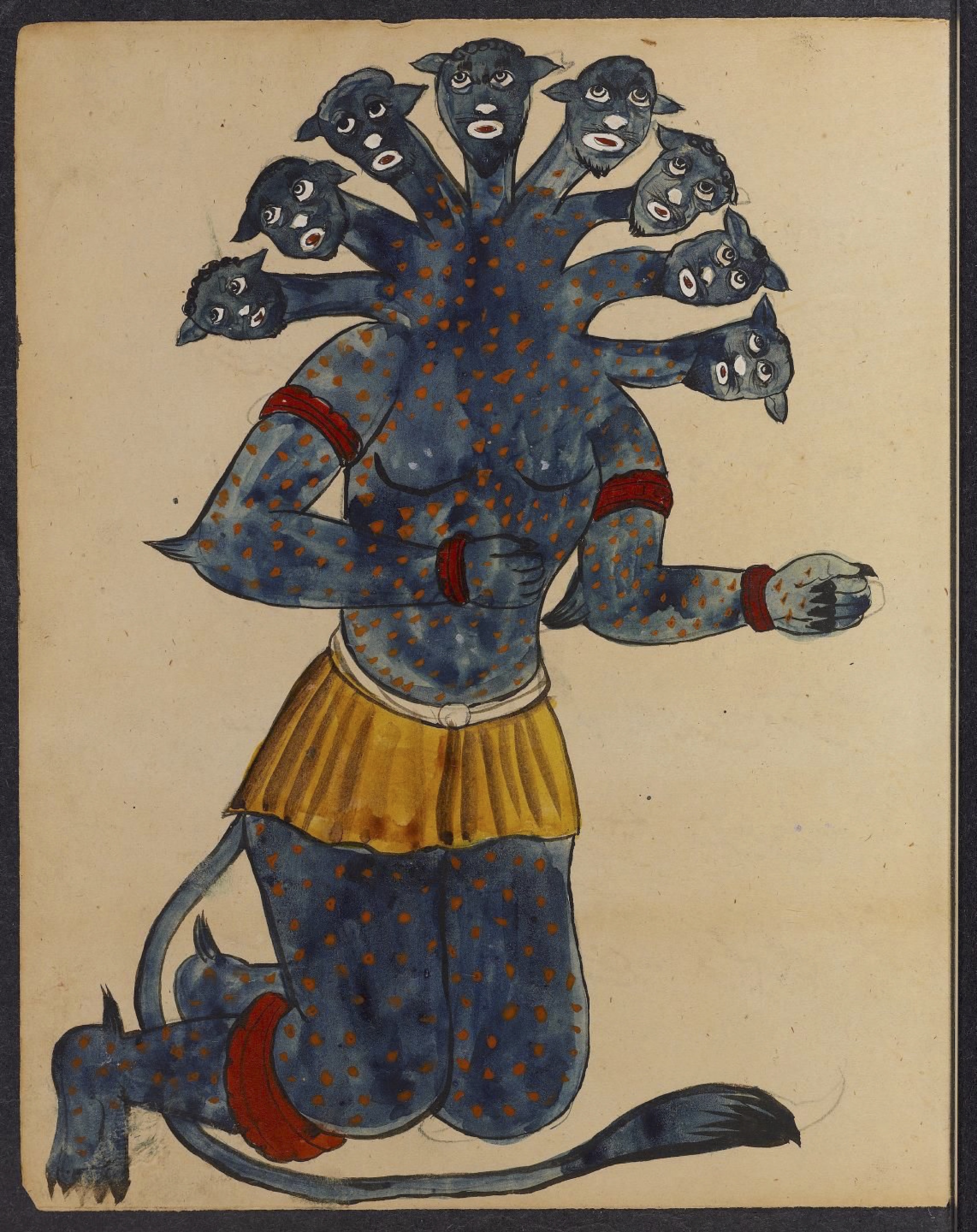
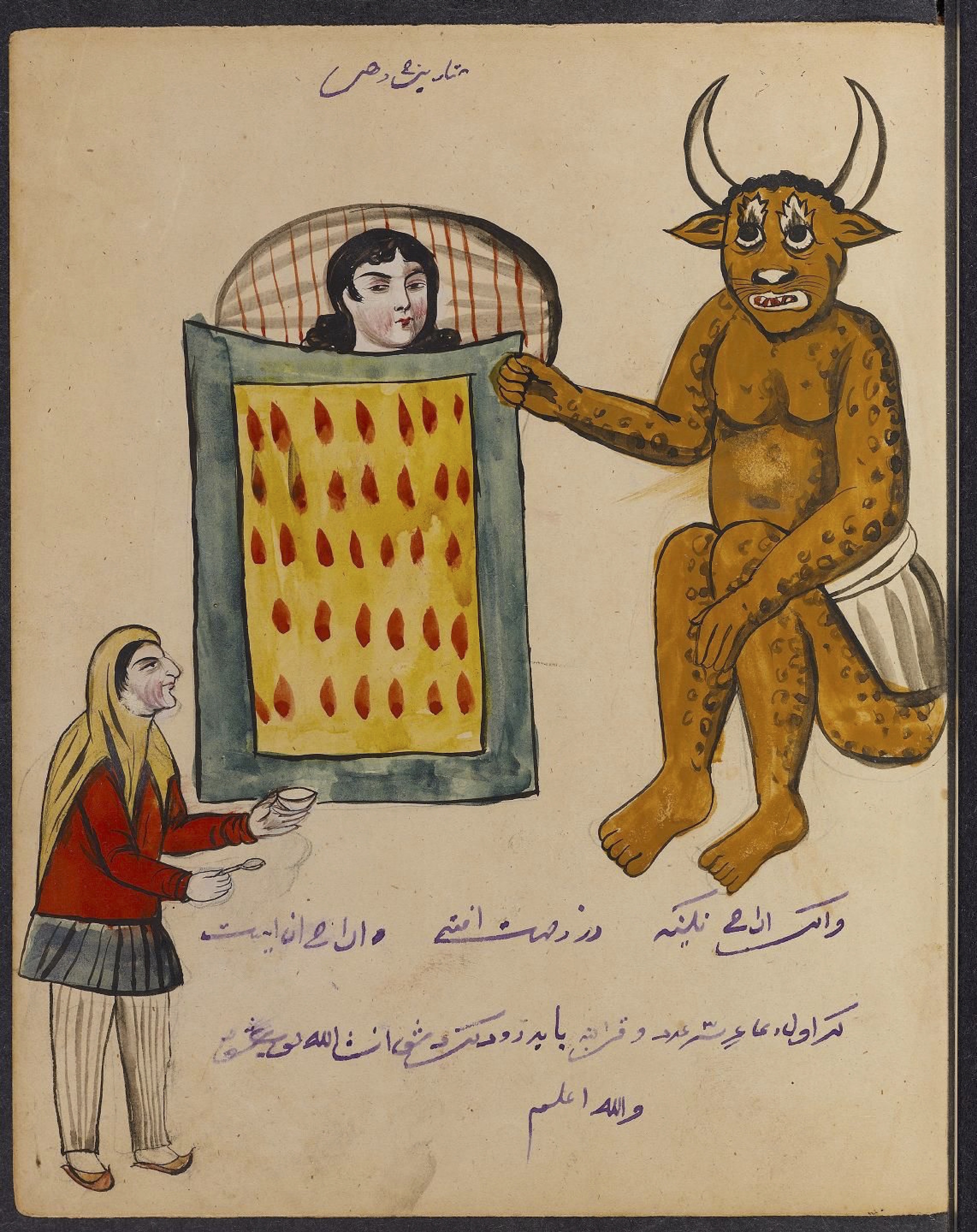
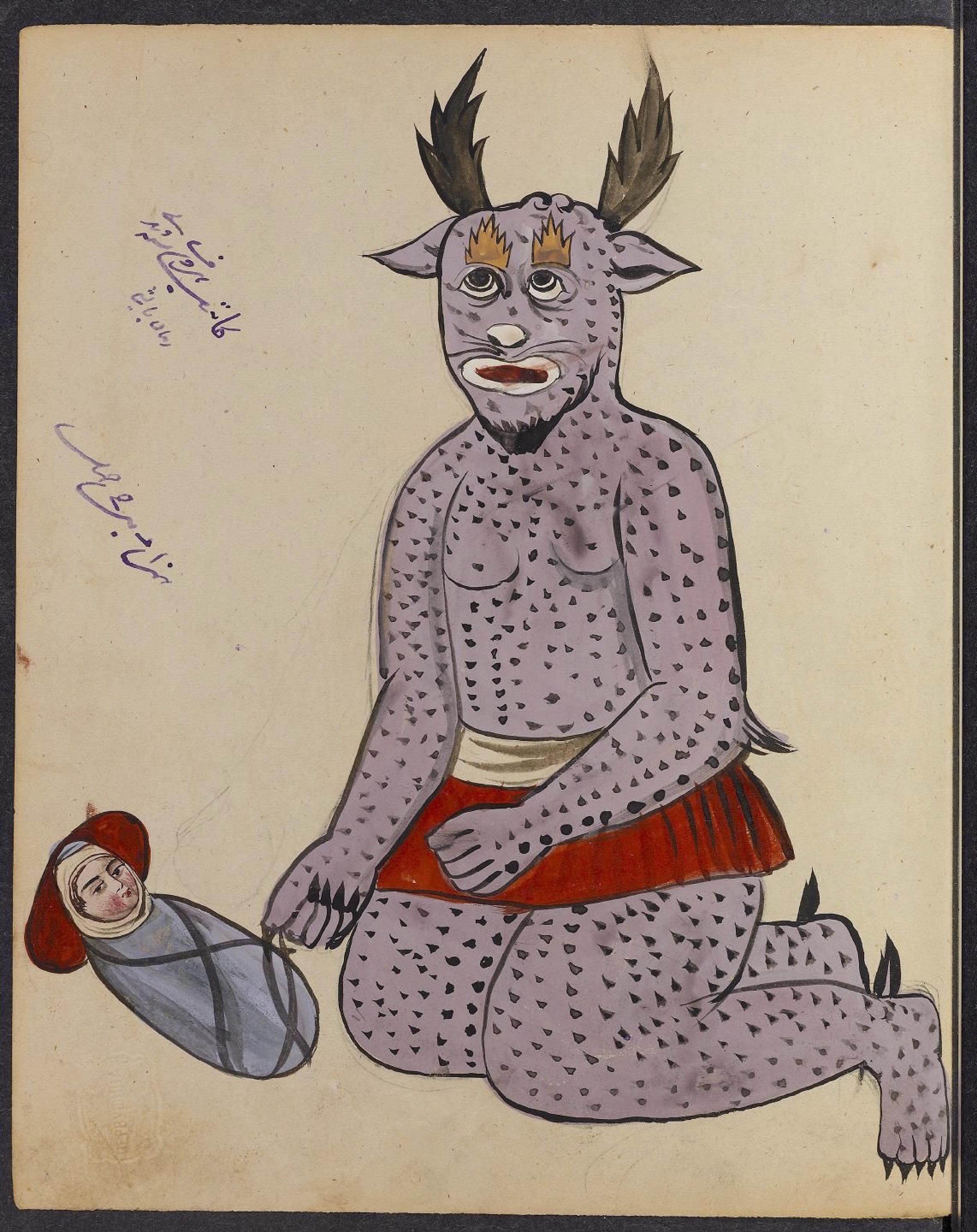

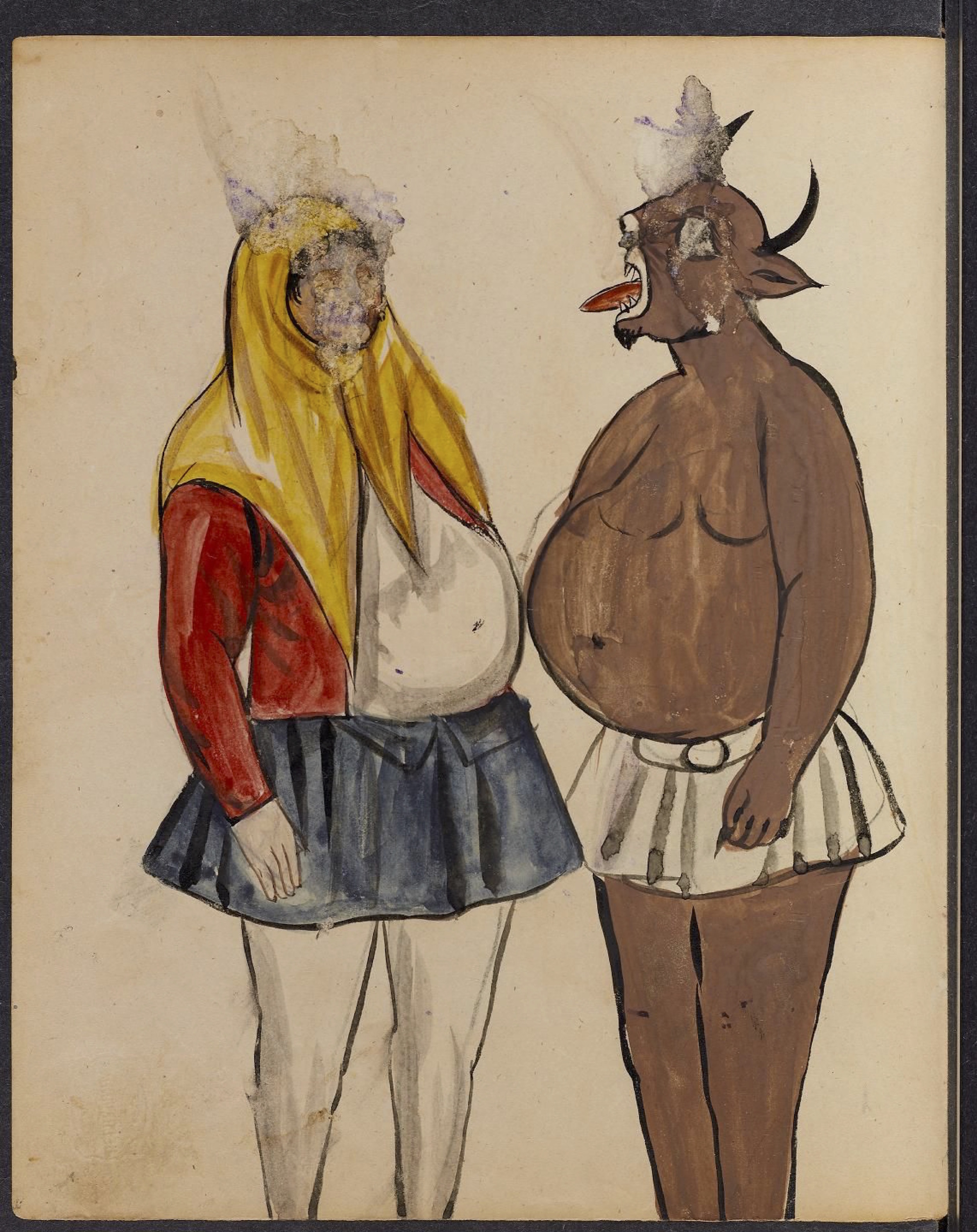


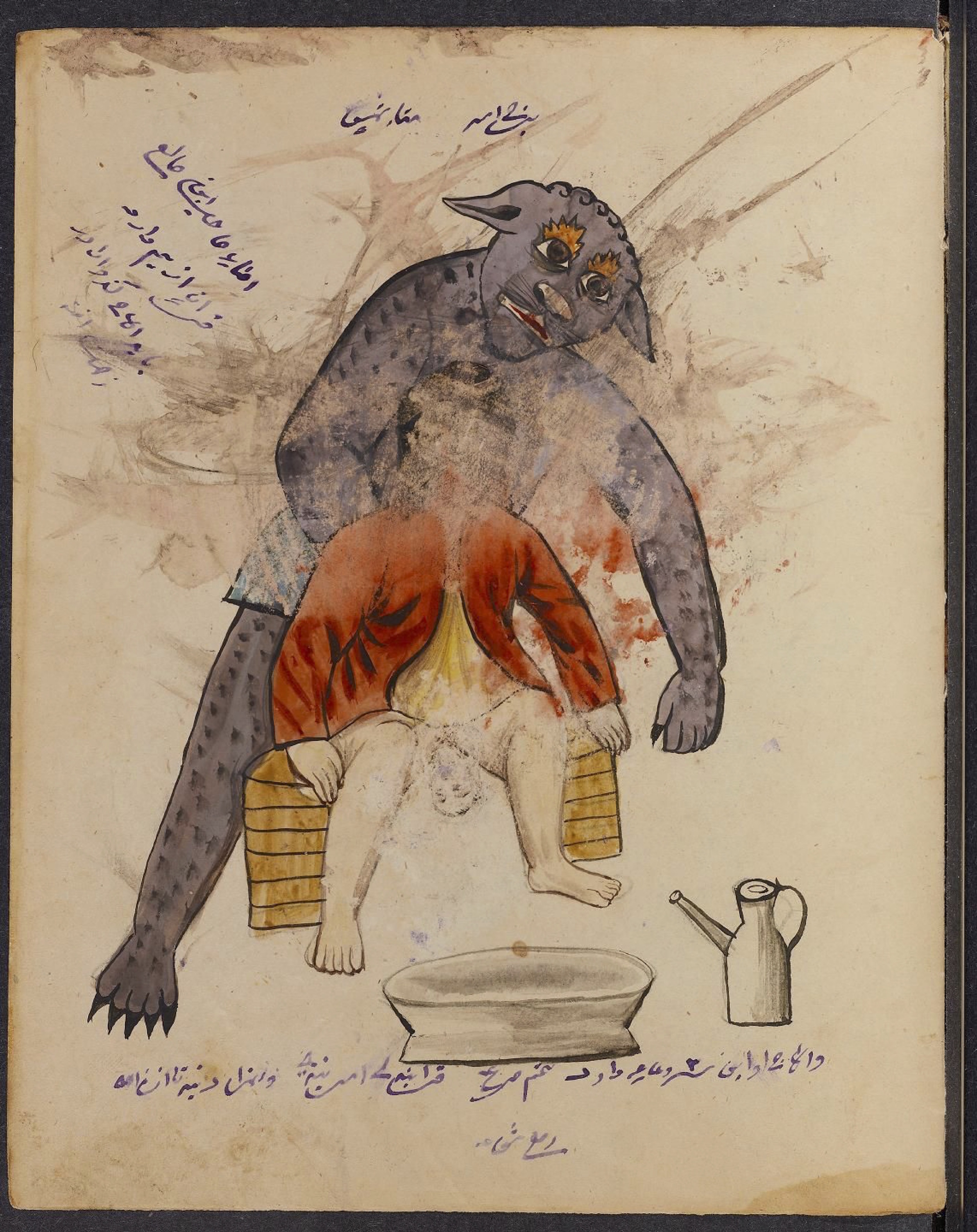

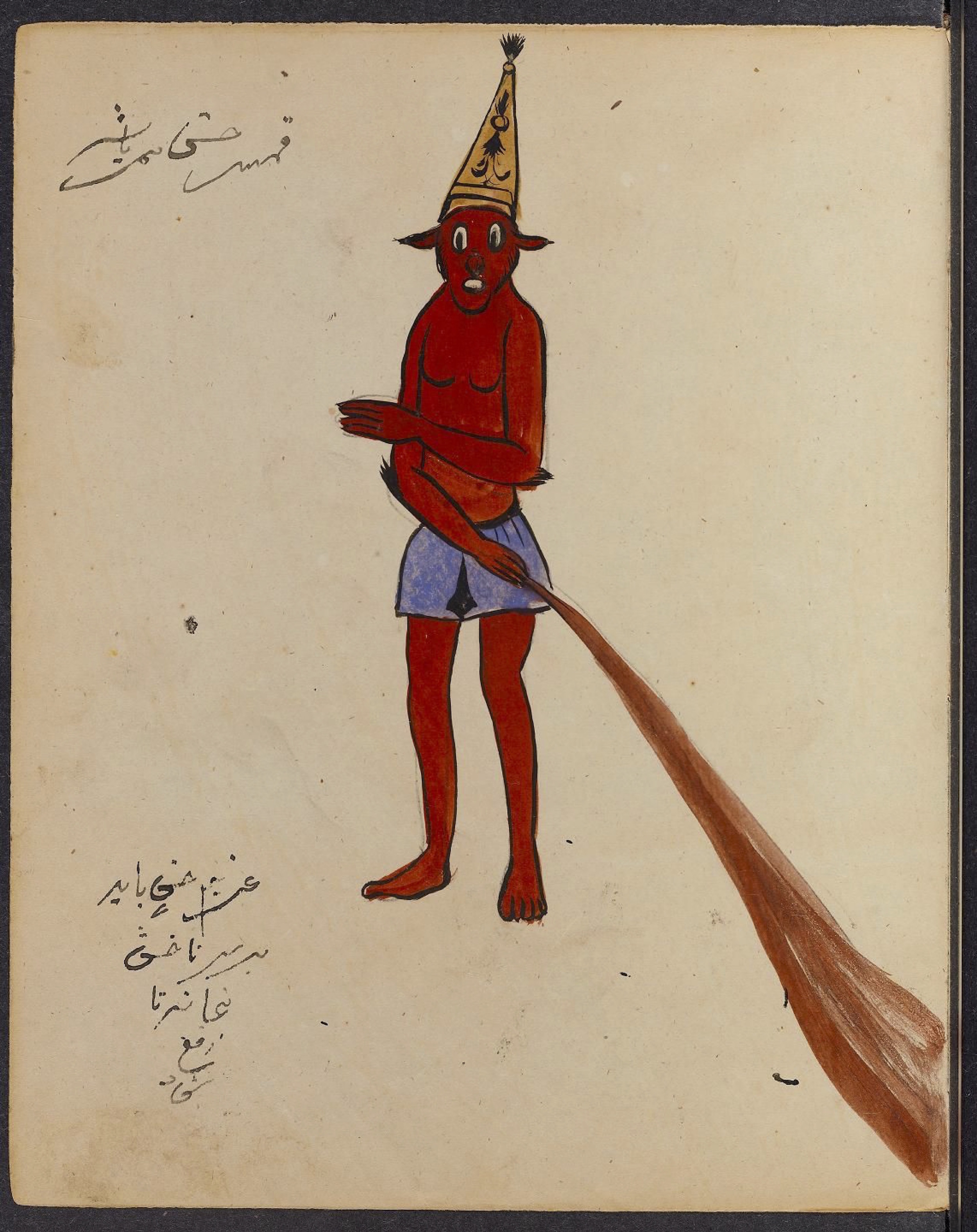
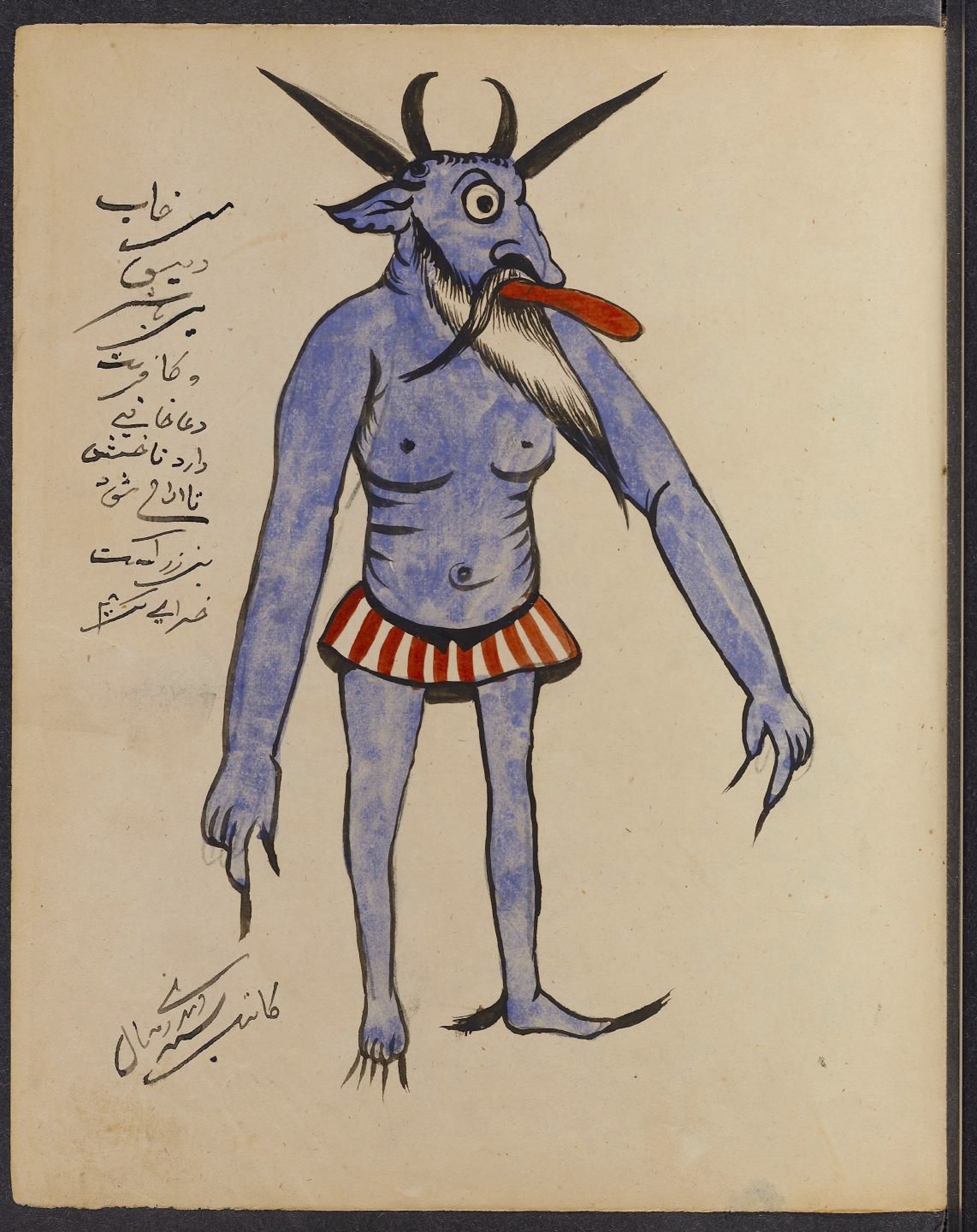
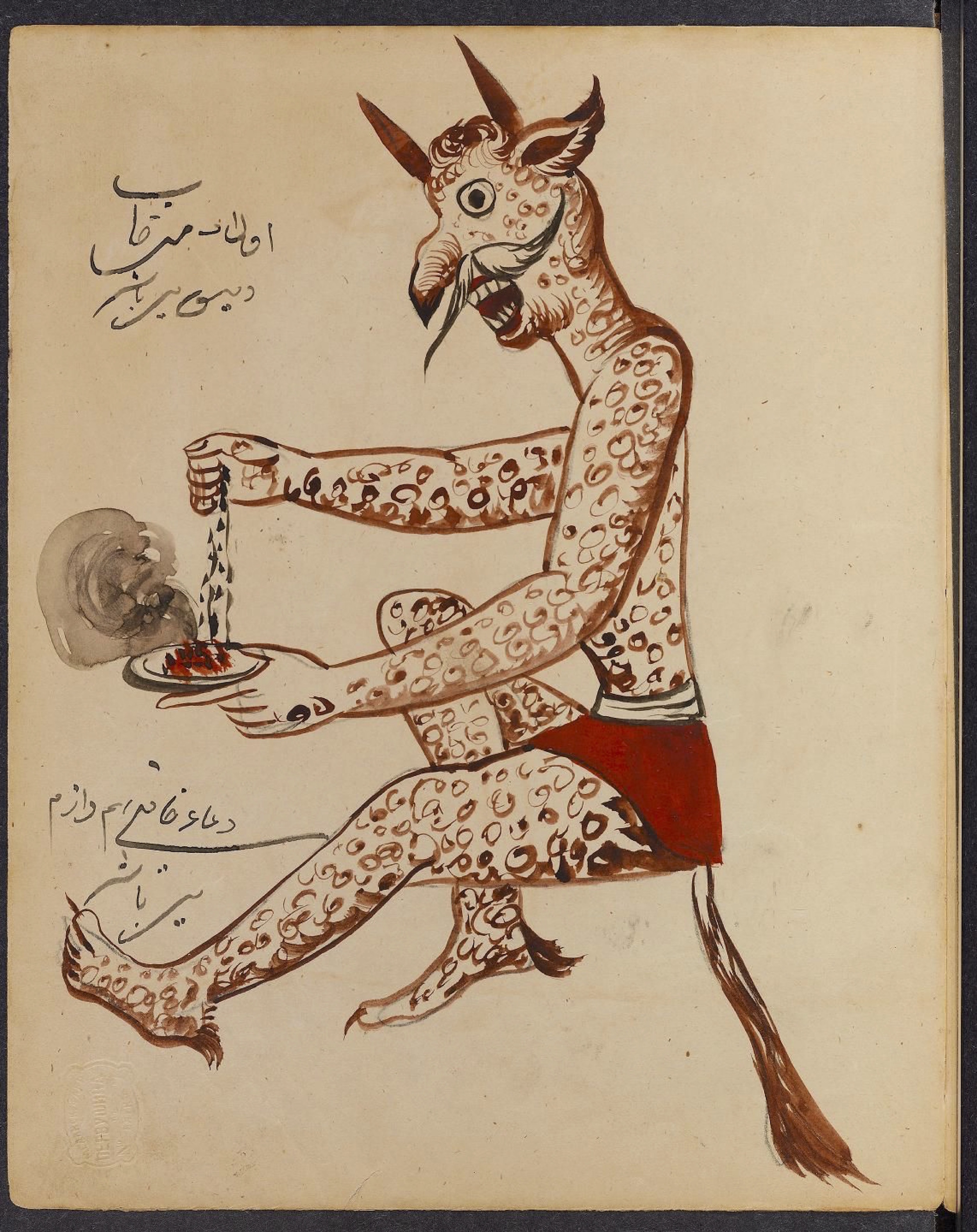
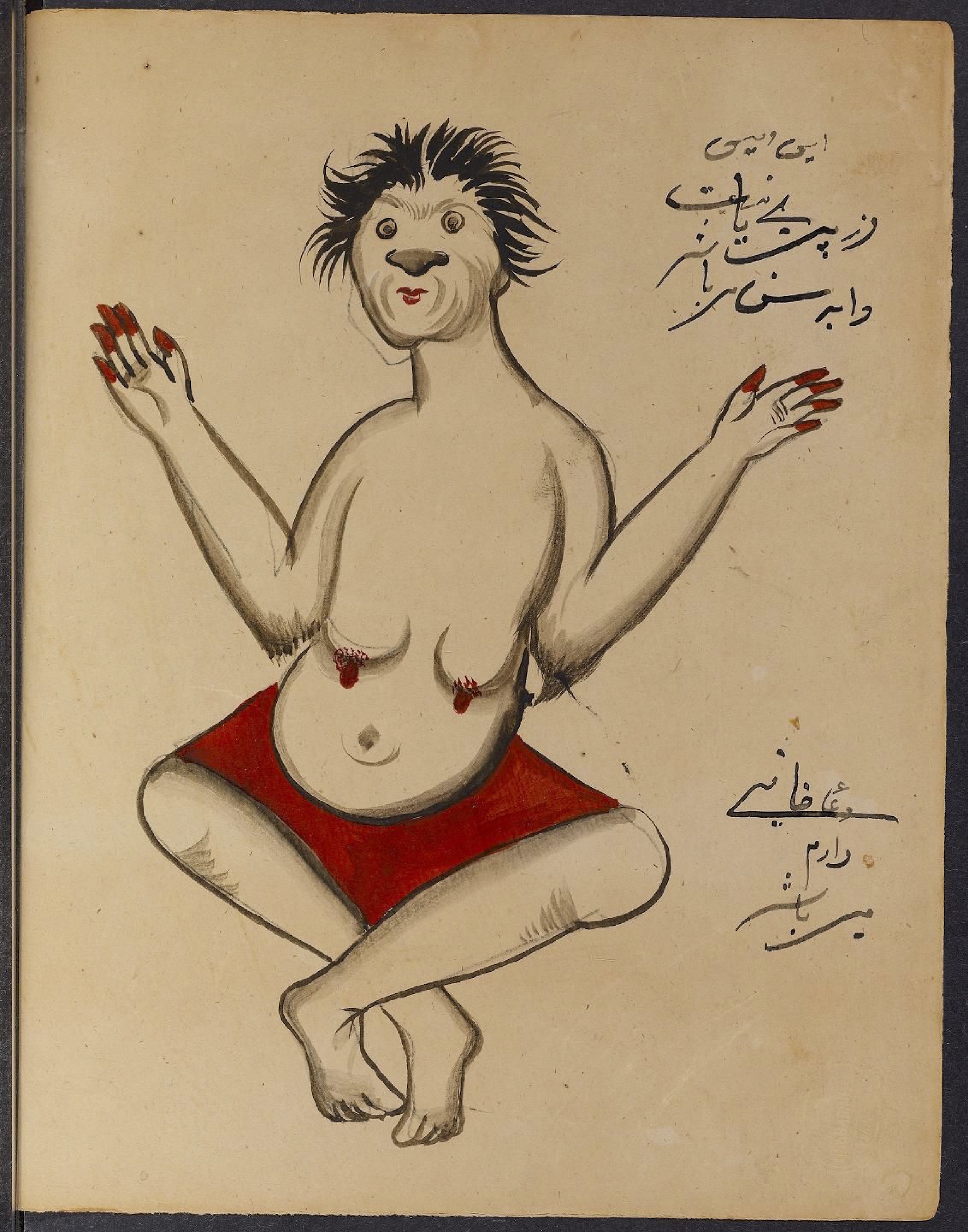
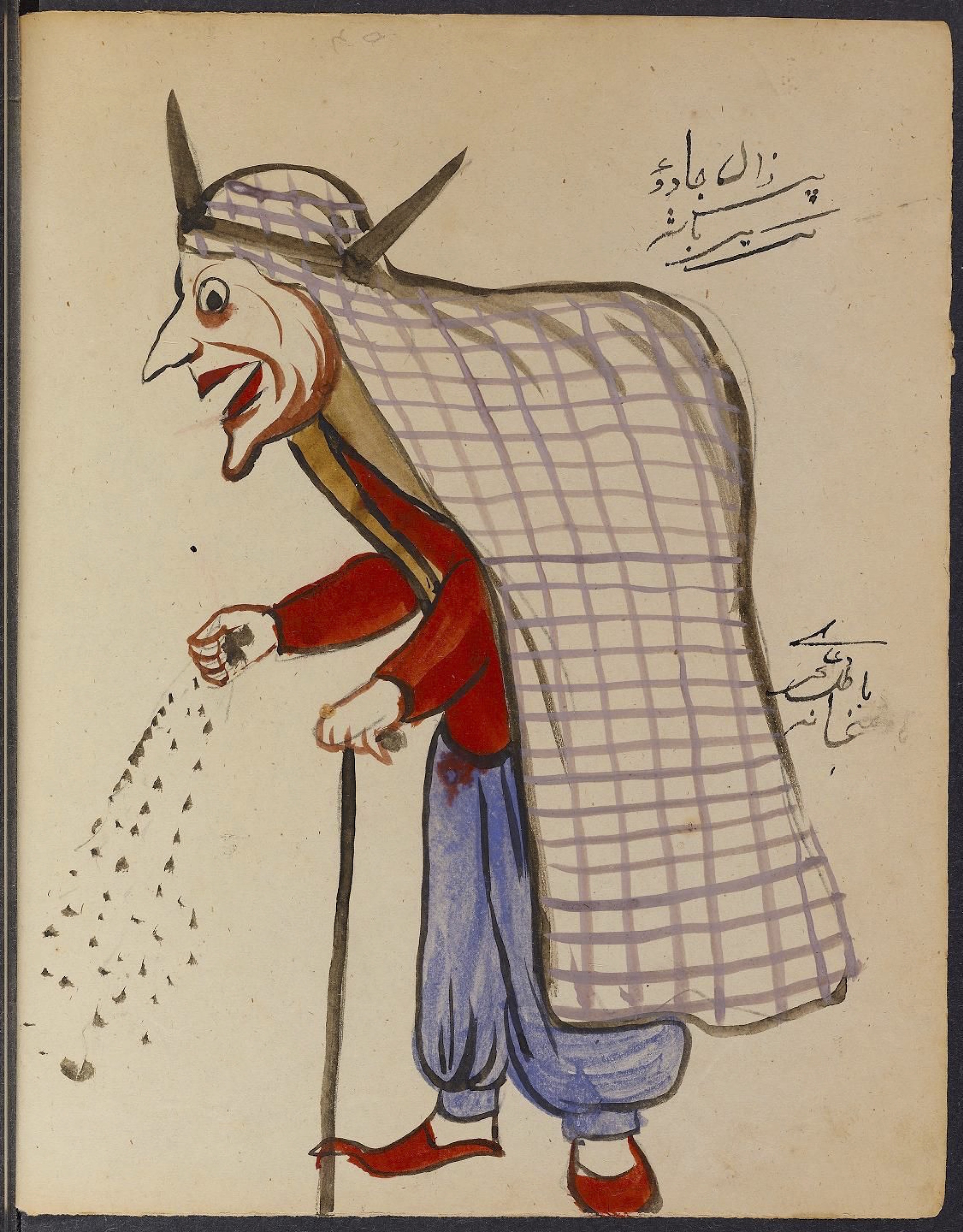
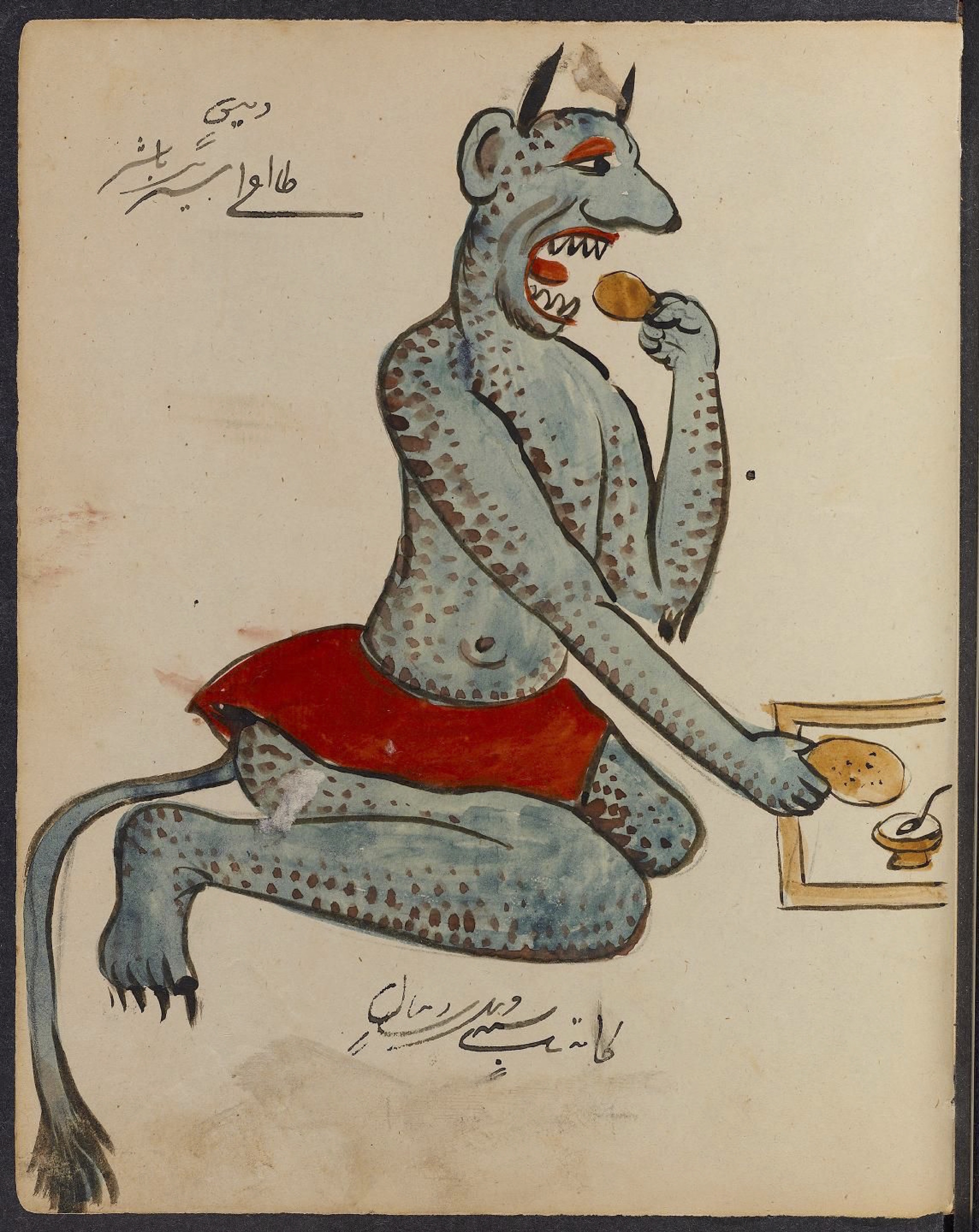

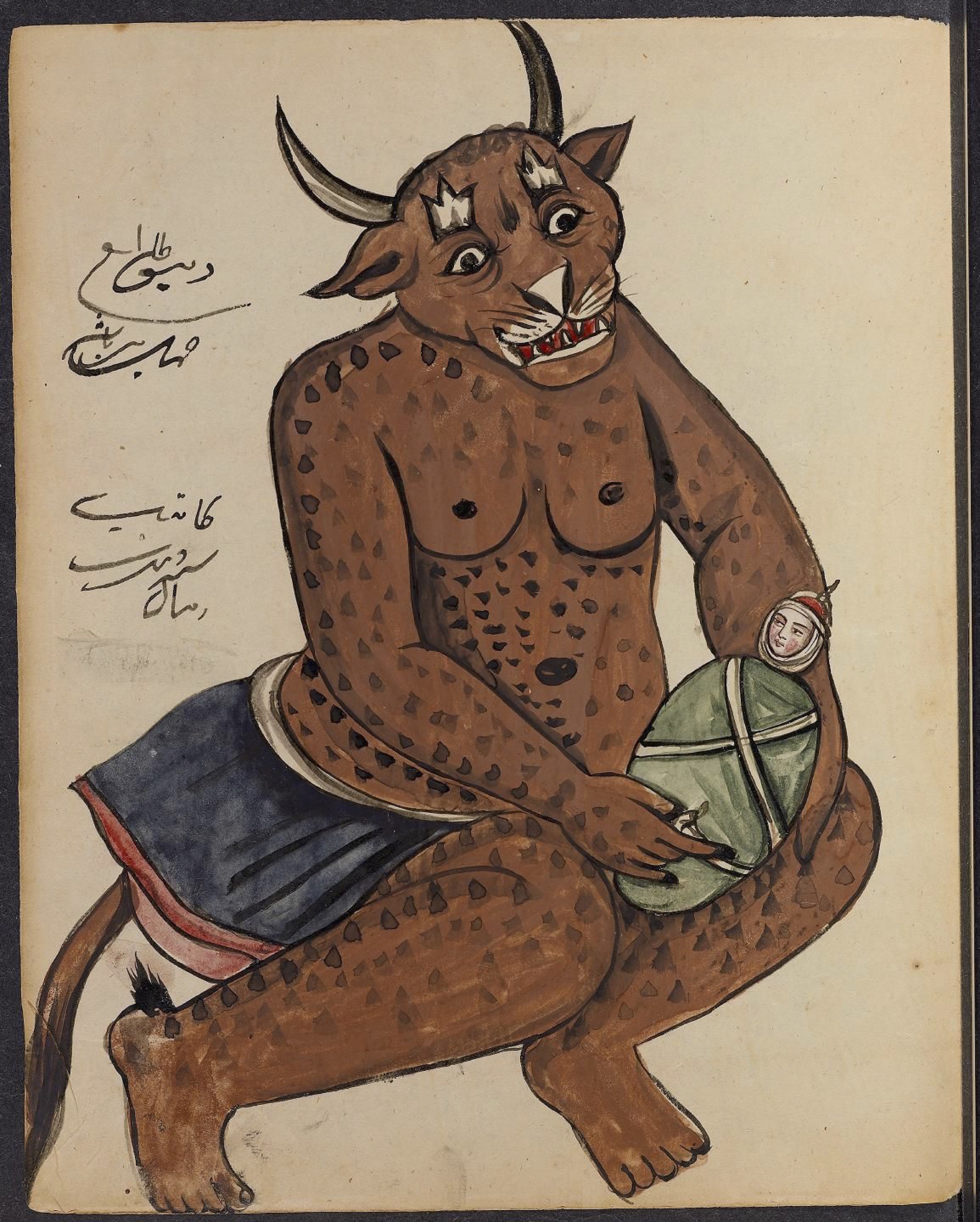
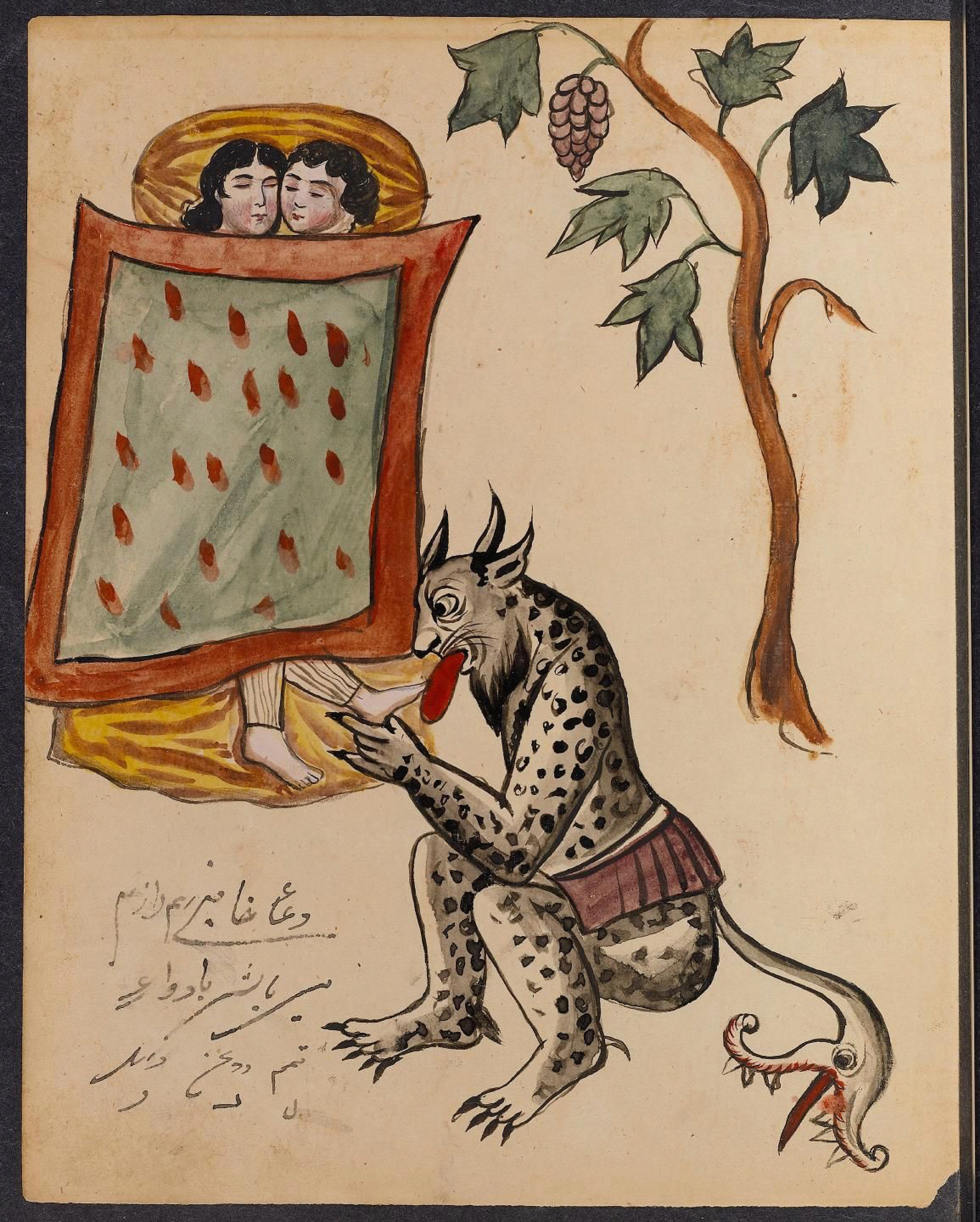












4 comments